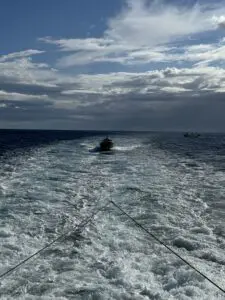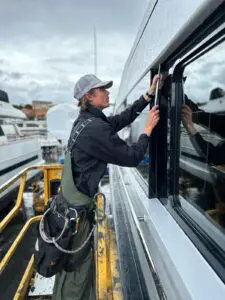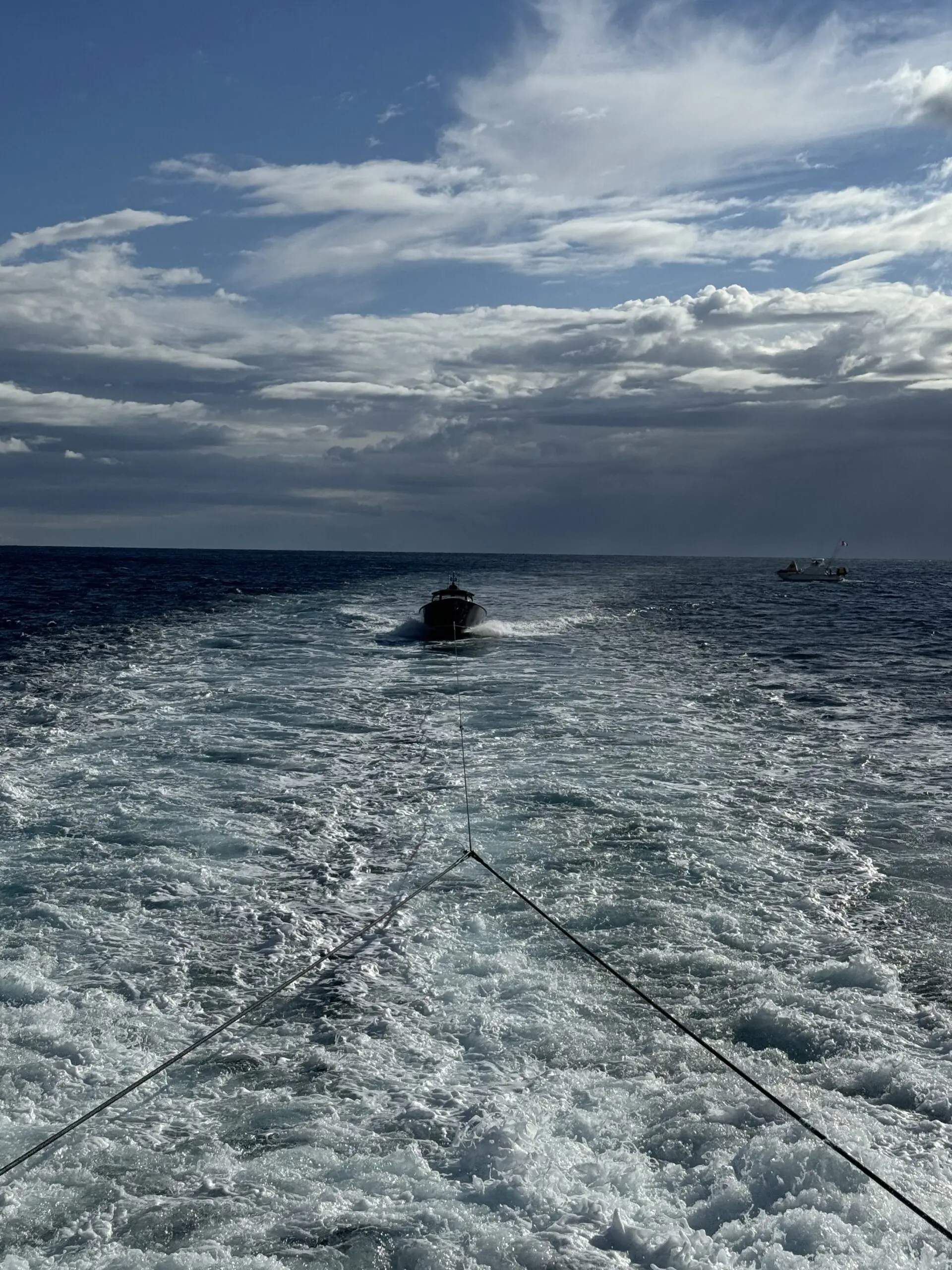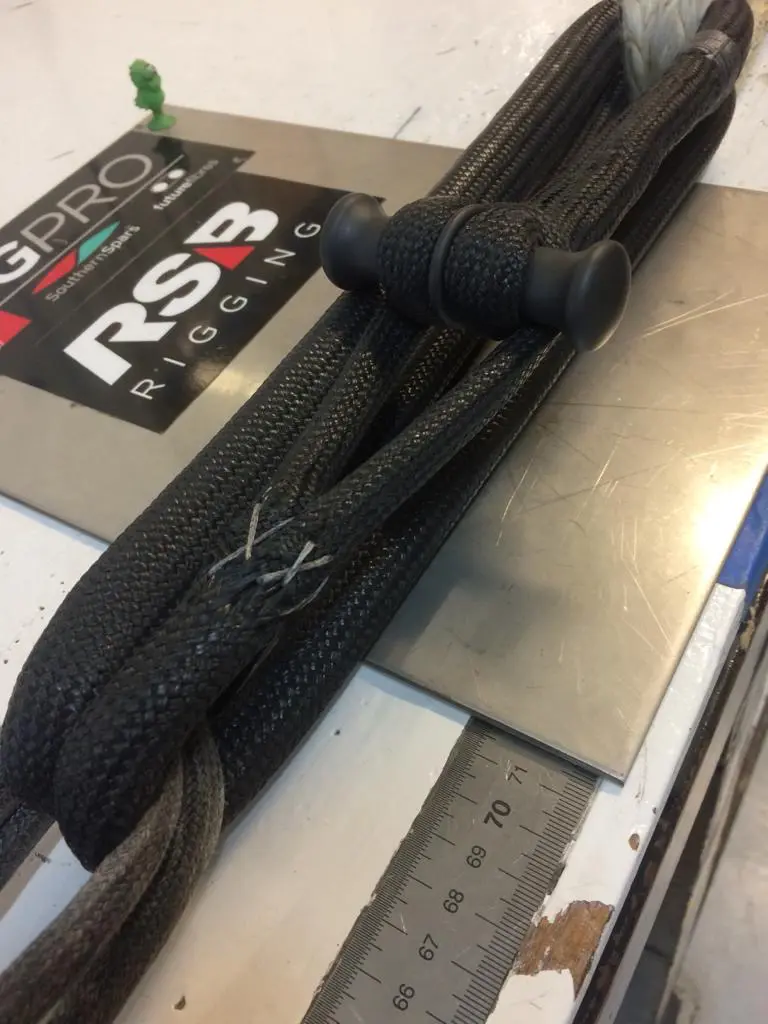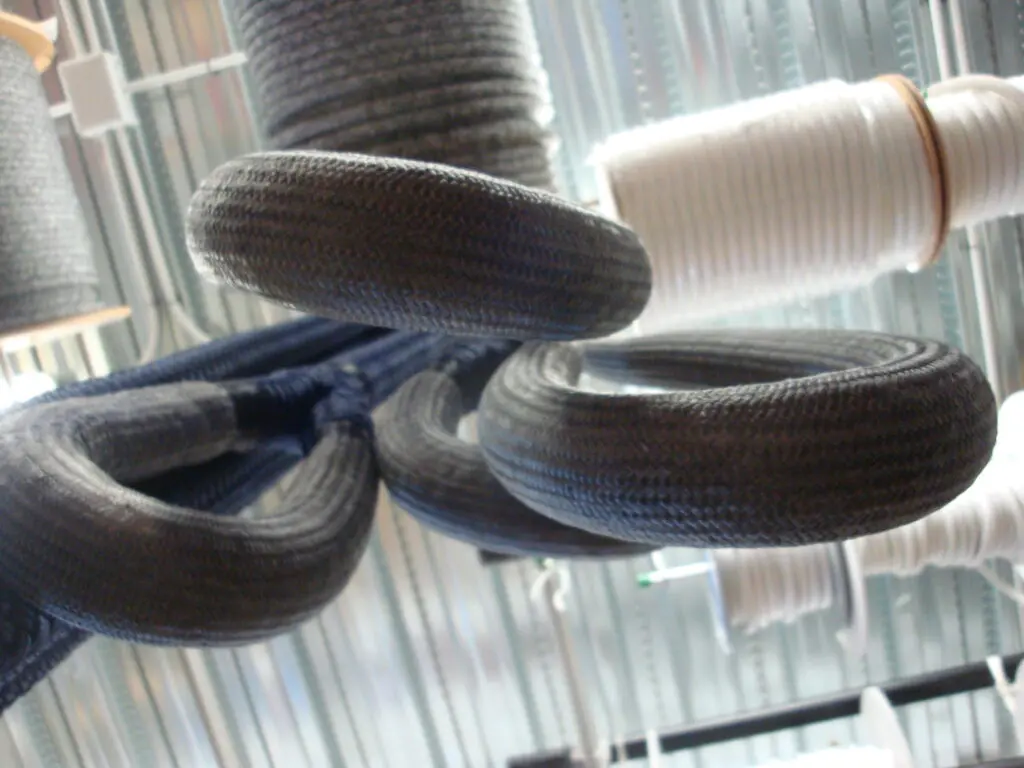
Tenders and chase boats are the workhorses of superyacht programmes, playing an essential role in charters, guest excursions and day-to-day operations. As these vessels have grown in both size and importance, towing has become a practical. Whether it is a short coastal trip between anchorages or an open-water crossing in the Mediterranean, towing demands the same meticulous care and top-tier equipment to safeguard these high-value assets.
Yacht captains prioritize robust tender insurance and compliance with SOLAS towing regulations, ensuring they never face a harrowing 3 a.m.search party tale. With the right approach, tender towing can be stress free. Here are five key considerations to make it so.
Here are five key considerations to make it so.
The Tender: Built for the Tow
Tenders typically feature one or two central towing points, two bilateral tow lugs on the port and starboard bow to reduce yawing oscillation (side-to-side sway), or a combination of all three for a stable, three-point tow. However, these towing points are only as reliable as the hull they’re anchored to. The hull must be engineered to the OEM’s structural specifications, capable of withstanding high shock loads from various angles. Ideally, towing points should be crafted from a high-corrosion-resistant, high-yield-strength material like Nitronic 50 stainless steel. These should be optimally aligned with the towing bridle or painter line and shaped to accommodate connecting hardware with fine tolerances, minimising play that could wear down the lugs over time.
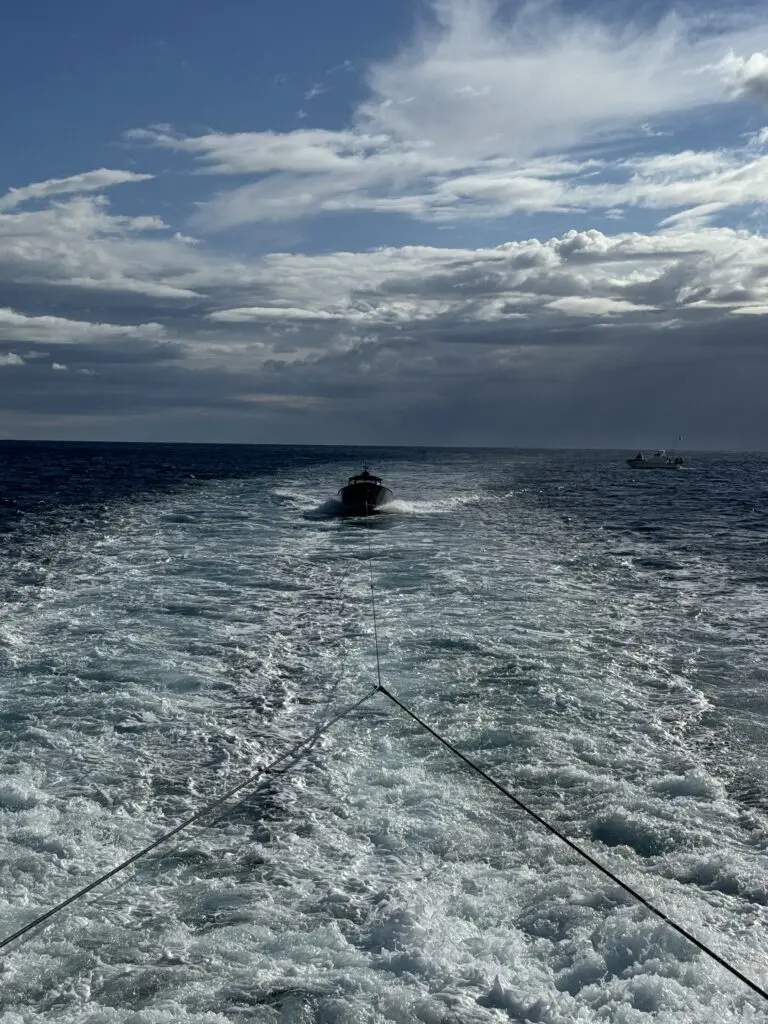
The Towing System: Precision in Design
For tenders or chase boats with a displacement over one tonne, a Y or Y-Y layout is recommended. This layout consists of several parts.
Shipboard Tender Towing Bridle
This is made up of two legs of double-braid polyester mooring line. The material is valued for its ability to absorb shock loads thanks to its natural elongation. Each leg should be spliced with a professional eye and slipped over designated aft bollards. The legs should each be twice the width of the mothership and form an apex angle of less than sixty degrees to ensure even load distribution without over-stressing the rope fibres. This ensures even load distribution without overburdening the rope’s tensile strength. The legs converge onto a soft fibre loop, a stainless bow shackle, or the main tow line’s eye. To combat rope-on-rope chafe, hybrid non-swivelling connectors and low-friction rings are ideal. Since polyester isn’t naturally buoyant, integrated floats can prevent sinking when tension eases. Reinforced covers on spliced eyes and contact points further enhance durability and reduce risk.
Main Tow Line
The primary tow line should be made of twelve-strand Dyneema with a high-modulus polyethylene core. This material provides a very high strength-to-diameter ratio and natural buoyancy, making it ideal for use at sea. It is light, easy to stow and holds up well under prolonged tension. A Dyneema cover further protects the line from UV exposure and weathering while maintaining buoyancy. The line length is usually equal to or one and a half times the length of the mothership. This keeps the tender clear of the mothership’s wake in open water.
Tender Towing Bridle
Crafted from strong, lightweight, and buoyant Dyneema, this bridle is custom-designed for the specific tender and usually remains attached at the bow for quick connection to the main tow line. It enhances stability underway and is sized shorter than the distance from the tow points to the propulsion drive, preventing entanglement if left unconnected. Handcrafted and customizable, its robust components blend functionality with an aesthetic suited to superyacht standards.
Variables in Tender Towing System Design
The design of the towing system must consider a number of variables. These include:
- Tender weight or displacement
- Towing speed
- Wind force (Beaufort scale)
- Total towing distance and expected load cycling
Because weather and sea conditions are often unpredictable, modern tools can offer added reassurance. Load monitoring devices such as the Smartlink load cell from Cyclops Marine allow crews to measure strain and load cycling in real time. This confirms that the tender remains securely connected even in rough seas or limited visibility. It can also be integrated with systems such as Yacht Sentinel’s TowPro for full monitoring and tracking. These technologies satisfy insurers and provide valuable insights to captains and crew.
Maintenance and Certification
A reliable towing system should come with a manufacturer’s certificate that details material traceability and minimum breaking loads. These systems do not follow a fixed service life but should be maintained using a condition-based approach that reflects the actual use case of each yacht. The system should be inspected before and after each use. All components should be washed in fresh water, dried thoroughly and stored in a clean, dry space.
A complete inspection should be carried out once a year by a qualified technician. This is often aligned with the vessel’s lifting equipment survey or SOLAS LSA inspection. After any unusual load event or near-miss, a full system check is also advised. All certificates should be stored with the vessel’s technical documentation, and crew should report any wear or damage to the manufacturer without delay.
A Seamless Part of Yacht Operations
With careful planning, premium materials and proactive maintenance, tender towing becomes a natural part of superyacht operations. It ensures tenders and chase boats are protected in transit and available wherever they are needed, from short coastal hops to full transits across open sea. By focusing on sound engineering and trusted practices, captains can turn a necessary task into a smooth and secure extension of life on board.

